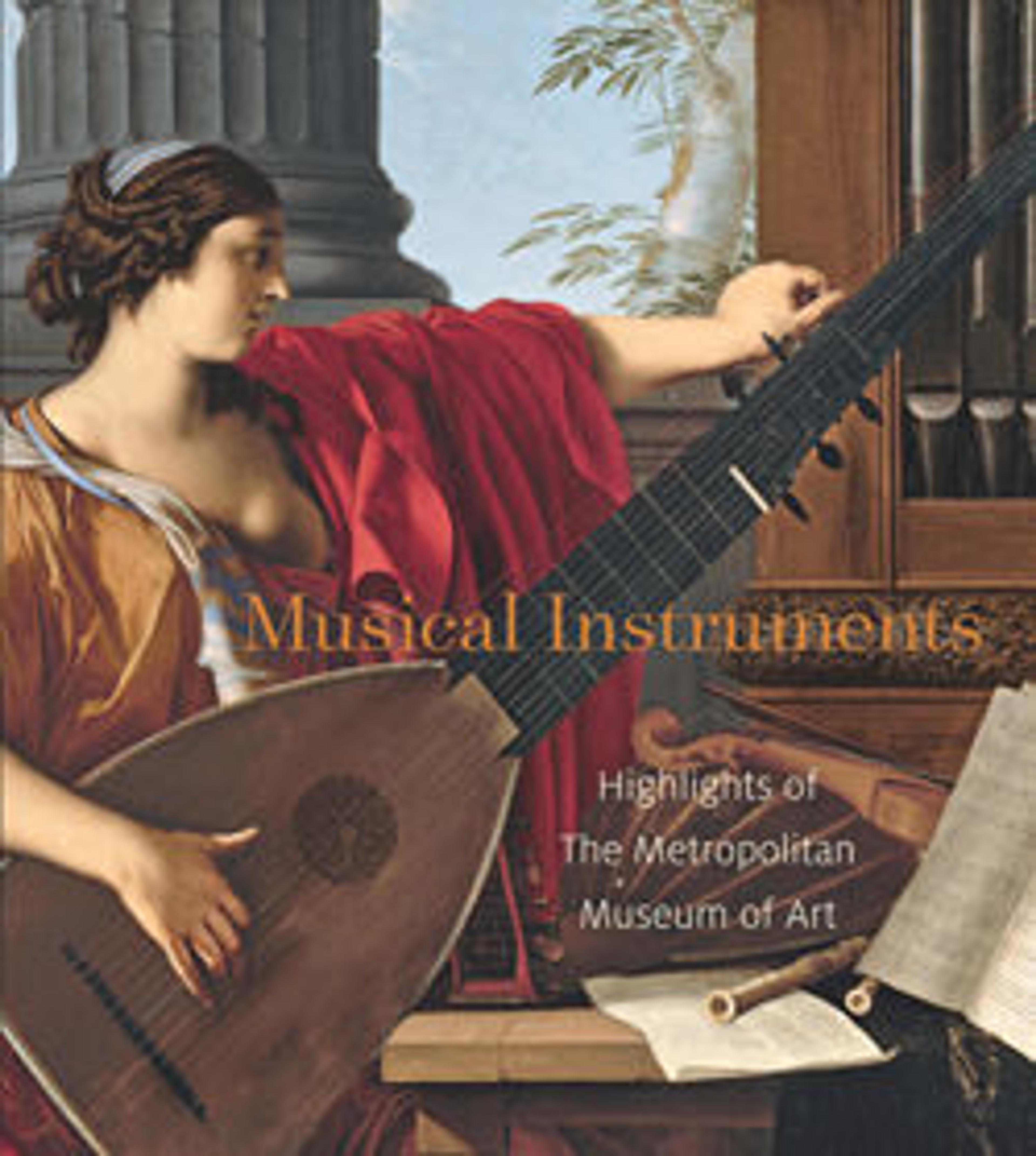Sārindā
The sārindā's bi-partite body is carved from a single block tun (Cedrela toona) wood and the lower section is covered with parchment. This elaborate version is decorated with ivory and bone. It's four melody strings sound when bowed activating the twenty-four sympathetic strings which are guided through the lower part of the bridge to holes in the fingerboard. Double-chested fiddles are found in South Asia and southern Afghanistan and is derived from qobuz of Central Asia. It is used to accompany dance, flute and vocal music.
Artwork Details
- Title: Sārindā
- Date: late 19th century
- Geography: India
- Culture: Indian
- Medium: Teak, parchment, ivory, horsehair
- Dimensions: H. 70.8 x W.25.4 x D. 20.5 cm (27 7/8 x 10 x 8 1/16 in.)
- Classification: Chordophone-Lute-bowed-unfretted
- Credit Line: Gift of Miss Alice Getty, 1946
- Object Number: 46.34.42a, b
- Curatorial Department: Musical Instruments
More Artwork
Research Resources
The Met provides unparalleled resources for research and welcomes an international community of students and scholars. The Met's Open Access API is where creators and researchers can connect to the The Met collection. Open Access data and public domain images are available for unrestricted commercial and noncommercial use without permission or fee.
To request images under copyright and other restrictions, please use this Image Request form.
Feedback
We continue to research and examine historical and cultural context for objects in The Met collection. If you have comments or questions about this object record, please contact us using the form below. The Museum looks forward to receiving your comments.
